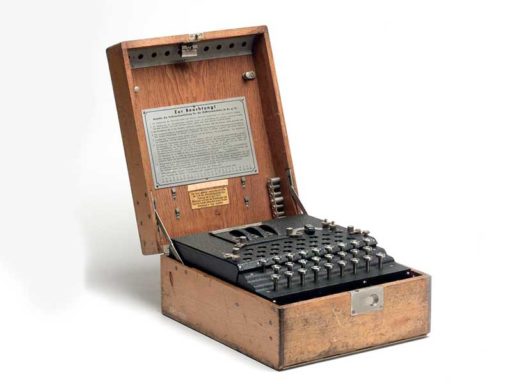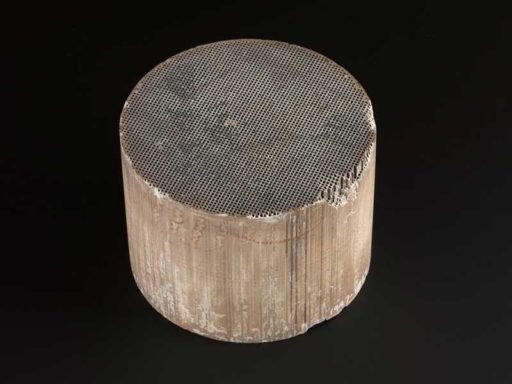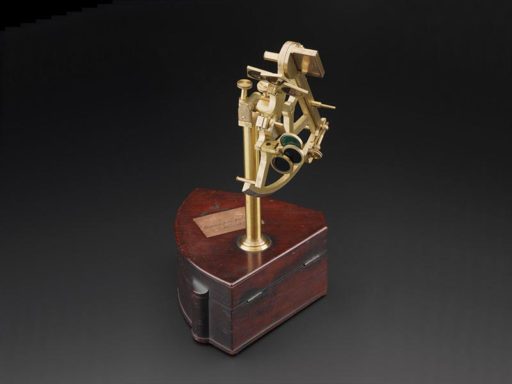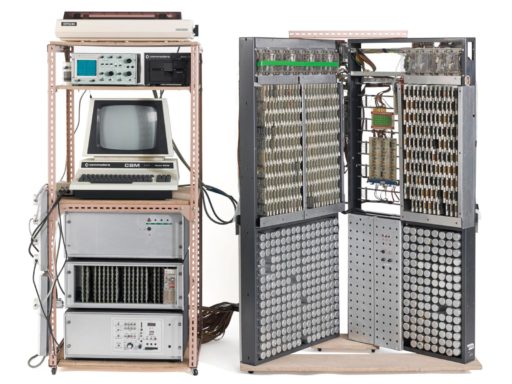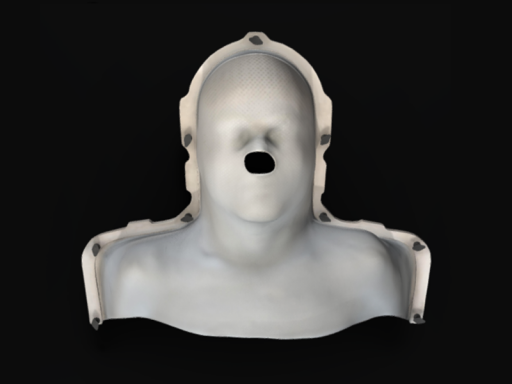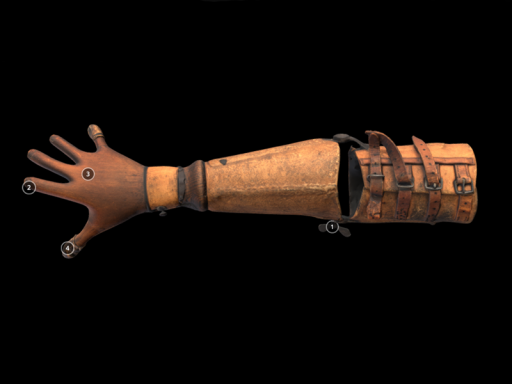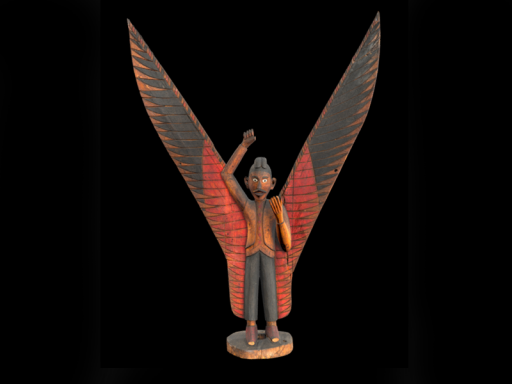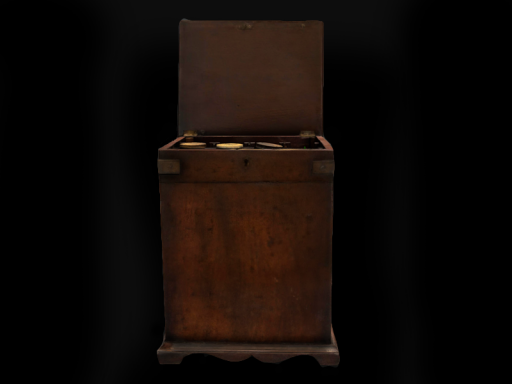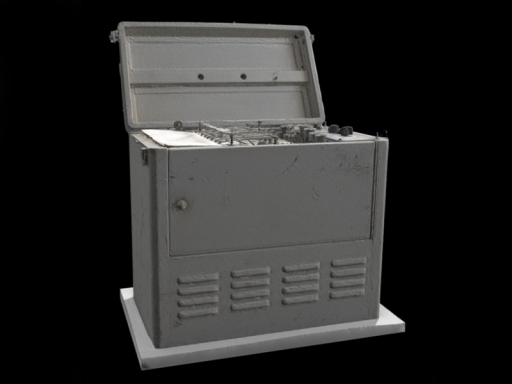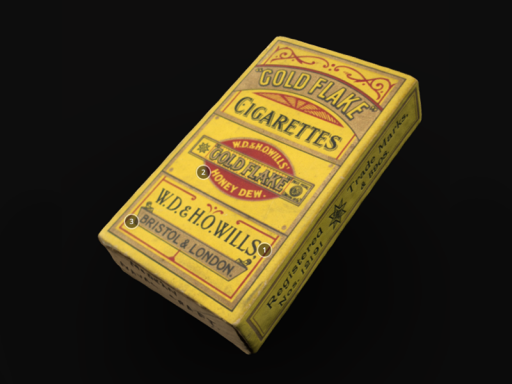Enigma cipher machines were designed to create complex encrypted messages that were almost impossible to break.
A catalytic converter is a large metal box that sits underneath your car. They help reduce the chances of us getting ill by reducing the emission of toxic fumes.
Sailors use sextants to work out their ship’s location at sea so they can navigate.
Shizuo Ishiguro, an electrical engineer and mathematician, developed this electronic storm model to simulate the North Sea and increase our ability to predict the impact of storm surges on our coastline.
These statues, made about 300 years ago, are of two Christian martyrs – people tortured and killed for their beliefs.
This plastic mask was worn by a patient having radiotherapy for throat cancer in 2018.
This prosthetic (artificial replacement) arm was made in 1904 for a professional pianist – a woman called Elizabeth Burton.
This jar was made and used between 1830 and 1870. It was used to store leeches – a kind of worm that survives by sucking blood from other animals.
This wooden statue was made around 1900 on the Andaman and Nicobar Islands, near India. It was known as a kareau or scare devil.
This medicine chest, made in the 1780s, was owned by a doctor called Edward Jenner, who is famous as a pioneer of vaccination.
This machine, made in 1958, is an electroencephalograph (EEG) – a device that measures electrical activity in the brain.
This is a packet of Gold Flake brand cigarettes, made some time between 1920 and 1950 by W D & H O (William Day and Henry Overton) Wills – one of the first companies to mass-produce cigarettes.
